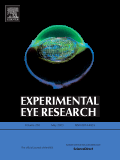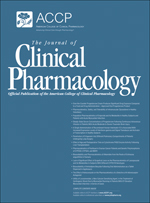
“The endocannabinoid system (ECS) is a major lipid signaling network that plays important pro-homeostatic (allostatic) roles not only in the nervous system but in peripheral organs.
Increasing evidence points towards a dietary component in the modulation of the ECS.
Cannabinoid receptors in hominids co-evolved with diet and the ECS constitutes a feedback loop for food selection and energy metabolism.
Here it is postulated that the mismatch of ancient lipid genes of hunter-gatheres and pastoralists with the high carbohydrate diet introduced by agriculture could be compensated via dietary modulation of the ECS.
In addition to the fatty acid precursors of endocannabinoids the potential role of dietary cannabimimetic phytochemicals in agriculturist nutrition is discussed.
Dietary secondary metabolites from vegetables and spices able to enhance the activity of cannabinoid-type 2 (CB2) receptors may provide adaptive metabolic advantages and counteract inflammation.
Food able to modulate the CB1/CB2 receptor activation ratio may thus play a role in the nutrition transition of Western high calorie diets. In this review the interplay between diet and the ECS is highlighted from an evolutionary perspective.
The emerging potential of cannabimimetic food as nutraceutical strategy is critically discussed.”








